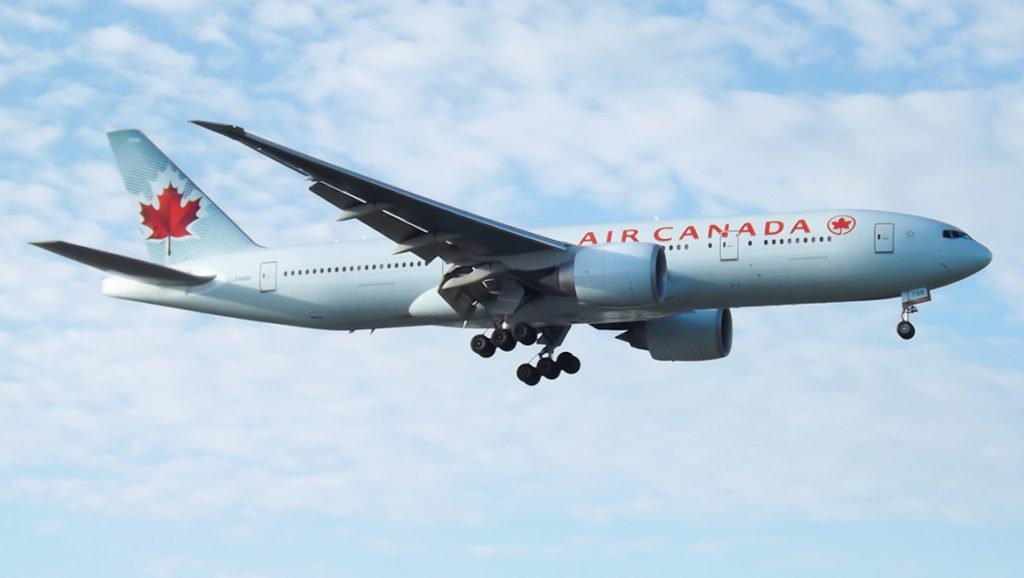
Air Canada has announced its long-term commitment to advancing climate change sustainability, and its goal of achieving net-zero greenhouse gas emissions (GHG) throughout its global operations by 2050.
To reach this, Air Canada has set absolute midterm GHG net reduction targets by 2030 in its air and ground operations compared with its 2019 baseline, and has committed to investing $50 million in sustainable aviation fuel (SAF), and carbon reductions and removals.
“Economic growth and sustainability are equally important, and we have a strong track record for both. Despite the severe impact of the COVID-19 pandemic, we remain deeply committed to long-term sustainability,” said Michael Rousseau, president and chief executive at Air Canada.
“Climate change is critical, and we believe we can and must do more to address this for the future of our environment. This is why we are further embedding climate considerations into our strategic decision-making, and undertaking a very ambitious plan that is meaningful, will support Canada’s leadership position on climate change, advance de-carbonisation in the airline industry while keeping fares affordable for customers.”
Absolute 2030 midterm GHG reduction targets have been set to ensure meaningful progress towards Air Canada’s ambitious net-zero goal while the airline, technology and energy sectors are transitioning to low-carbon alternatives.
Air Canada has identified the following key carbon reduction pillars: Ffleet and operations; innovation; SAFs and clean energy; and carbon reductions and removals.
In terms of its fleet operations, the airline will continue deploying its newly modernised and energy efficient Airbus A220 and Boeing 737 MAX narrow-body fleets that are more efficient and expected to average approximately 20 per cent less fuel consumption per seat and emit approximately 20 per cent less CO2 and 50 per cent less nitrogen oxides than aircraft they replace, continue to integrate climate factors in route and fleet planning, phase out carbon-intensive ground equipment, further advance electric vehicles and seek other electrification opportunities.
In regard to innovation, it will further evaluate the viability, safety and performance of new electric, hydrogen or hybrid operational technologies, and other innovations such as short-haul transportation opportunities and electric drones to complement and support Air Canada’s global business network.
To further its work on sustainable aviation fuels, Air Canada will invest $50 million in SAF and other low carbon aviation fuel (LCAF) development, evaluate the practical applications of renewable energy sources such as biogas and renewable electricity, and energy transition measures.
Meanwhile, Air Canada will also explore carbon negative emission technologies and other direct emission reduction and removal strategies in addition to further developing its carbon offset strategy for CORSIA compliance, customer offerings and more.
Air Canada currently reports its carbon footprint, targets and climate protection strategy through the CDP and will also be reporting through the Task Force on Climate-related Financial Disclosures (TCFD) framework as of 2022.
Article courtesy of Airlinerwatch.










